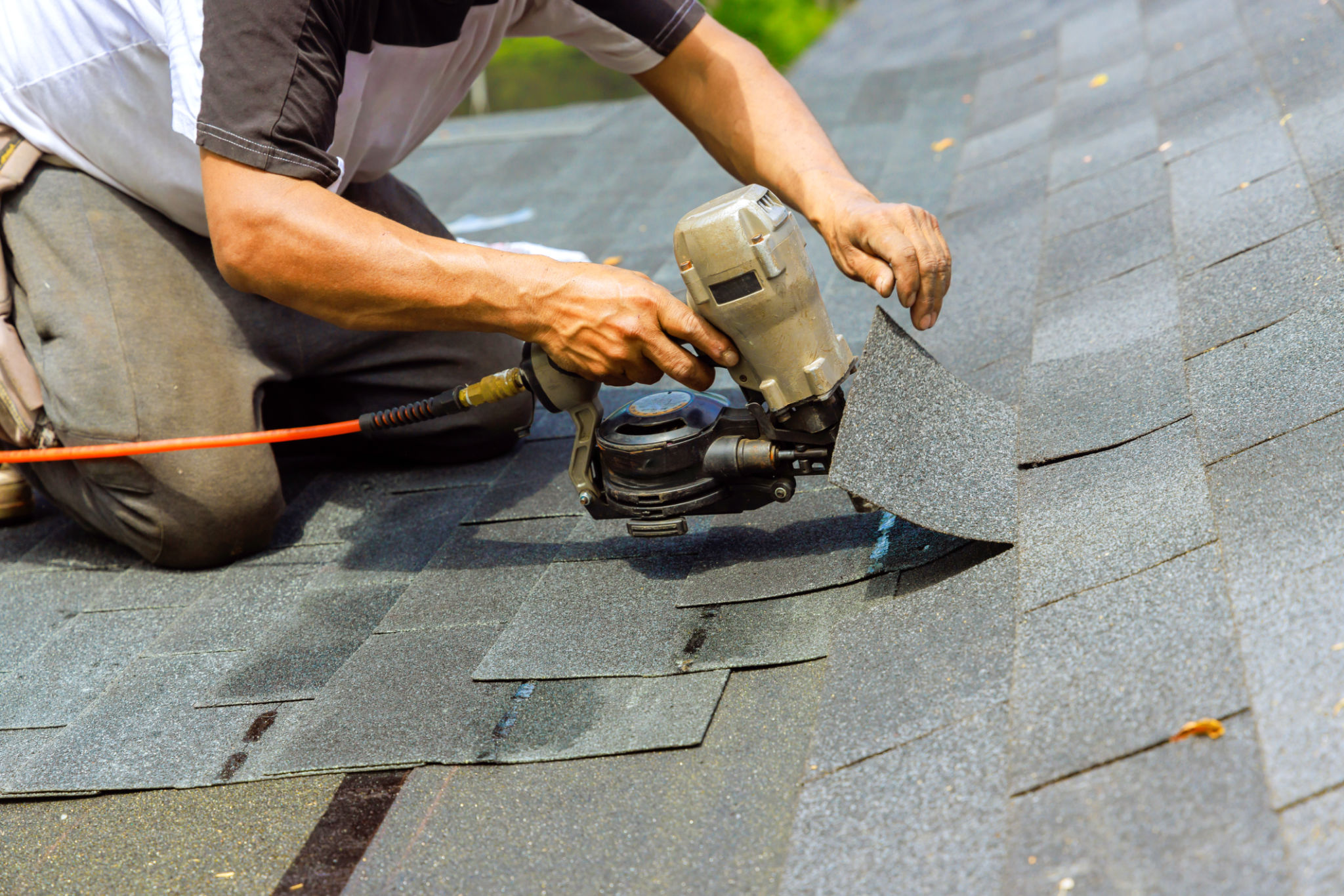DIY Roof Inspection Tips: Spotting Problems Before They Worsen
Introduction to DIY Roof Inspections
Your roof is one of the most critical components of your home, providing shelter and protection from the elements. Regular inspections can help you spot potential issues before they escalate into costly repairs. Conducting a DIY roof inspection is a proactive way to maintain your roof's integrity.

Essential Tools for Roof Inspection
Before climbing onto your roof, ensure you have the necessary tools. A sturdy ladder, safety harness, binoculars, chalk, flashlight, and a camera or smartphone for documenting issues are essential. Safety should always be your top priority.
Safety Considerations
When inspecting your roof, it's crucial to prioritize safety. Always use a ladder with a stabilizer and ensure it's placed on a level surface. Avoid roof inspections during wet or windy conditions, and never inspect a roof alone; having someone nearby can be invaluable in case of an emergency.
Signs of Roof Damage
Knowing what to look for during an inspection can help you identify problems early. Common signs of roof damage include:
- Missing or damaged shingles: Check for shingles that are cracked, curling, or missing altogether.
- Granule loss: Look for excessive granules in gutters or downspouts, which can indicate shingle wear.
- Leaks and water stains: Inspect ceilings and attic spaces for signs of water infiltration.

Inspecting Flashing and Chimneys
Flashing and chimneys are common sources of leaks. Check the flashing around vents, skylights, and chimneys for rust, cracks, or gaps. Ensure that the seals are intact and replace any damaged or deteriorated sections promptly.
Assessing Gutters and Drainage
Gutters play a vital role in directing water away from your home. During your inspection, ensure gutters are free of debris and that downspouts are clear. Check for signs of rust or corrosion that may compromise their effectiveness.

Vegetation and Moss Growth
Moss and algae growth can trap moisture against your roof, leading to damage over time. Trim overhanging branches that can drop leaves and debris onto your roof. If moss is present, use a specialized moss remover or contact a professional for removal.
Documenting Your Findings
As you conduct your inspection, document any issues you find with photographs. This visual record will be valuable if you need to consult a professional or file an insurance claim. Take notes on the areas that require immediate attention and those that should be monitored over time.
When to Call in the Professionals
While a DIY inspection can help you catch many issues early, some problems may require professional intervention. If you encounter significant damage, structural concerns, or are unsure about your findings, it's wise to consult a roofing professional for a thorough assessment.

